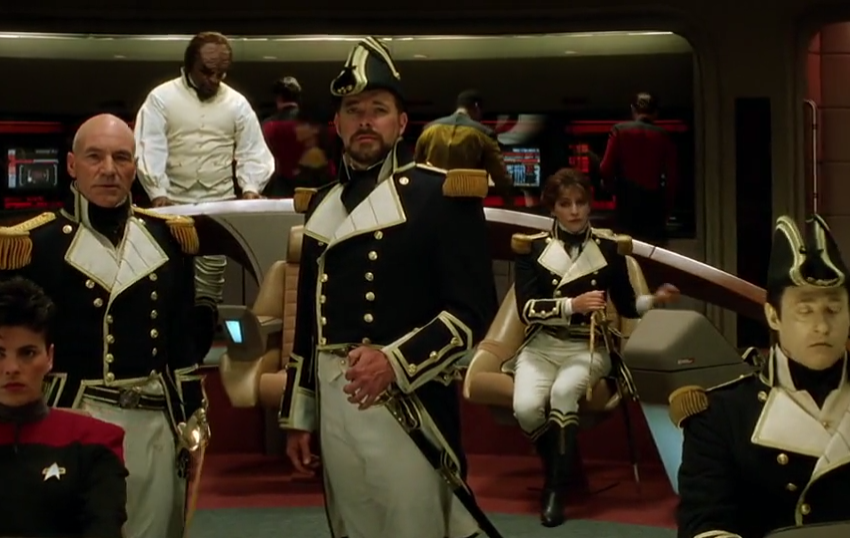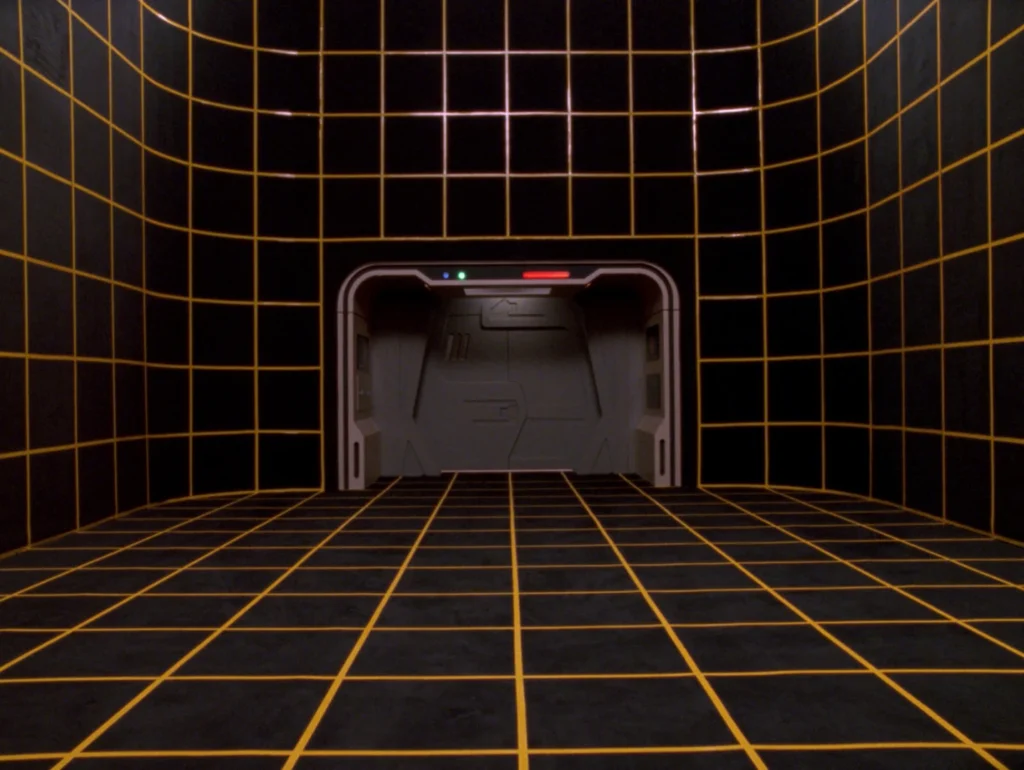
Star Trek: Generations (1994): A Galactic Odyssey Across Time and Legacy – Review

Navigating the stellar oceans of science fiction cinema, “Star Trek: Generations” (1994) embarked upon a daring odyssey, maneuvering through the gravitational fields of legacy, transition, and cinematic creativity. Commanded by director David Carson, the USS Enterprise-D sails into uncharted realms of storytelling, embracing the currents of change and continuity that flow within the cosmic rivers of the Star Trek universe. As stars shimmer with the glows of tradition and innovation, the film encapsulates an epic passage—where legends and new horizons converge upon the cinematic galaxies of exploration and human essence.
Navigating the Narrative Quadrants
“Star Trek: Generations” crafts its narrative starship from the alloys of tradition and transition, marking a historic docking point where the torch of exploration is passed from the Original Series (TOS) to the crew of “The Next Generation” (TNG). The narrative engines ignite with the presence of Captain James T. Kirk (William Shatner), linking the past, present, and potential futures within a confluence of temporal encounters and emotional resonances. The film unfolds as a symphony of thematic explorations—delving into the corridors of mortality, heroism, and the eternal quests that define the human spirit.
The Cosmic Ballet: Cinematic and Artistic Composition
In its cinematic choreography, the film orchestrates a ballet of visual and artistic expressions that grace the vast stages of space and emotion. The directorial approach harmonizes with the essence of Star Trek’s philosophical ethos, allowing scenes to breathe with the life forces of exploration and human connection. The design landscapes, from starships to alien planets, resonate with a meticulous attention to detail, amplifying the realms of believability and immersion within the sci-fi odyssey.
Behind the Nebulae: Production Voyages
Exploring the hidden nebulae of production uncovers fascinating celestial bodies of creativity and challenge. A universe of collaboration and innovation pulsates behind the scenes, fueled by the dedication of cast and crew to manifest a vision that honors legacy while navigating the stars of cinematic evolution. The presence of William Shatner exemplifies a bridge across the time streams of Star Trek lore, facilitating a transition that embodies both symbolic and narrative elegance.
Pertaining to decisions forged in the crucibles of creativity, the filmmakers grappled with elements ranging from story development to visual execution. Discussions, deliberations, and the flow of creative energies marked the journey, influencing the ultimate shapes and trajectories of cinematic and storytelling outcomes. Details such as set designs, costume evolution, and special effects reflect a meticulous cultivation of the Star Trek universe’s aesthetic and technological continuities and innovations.
Transition: The Generational Warp
Central to the film’s cosmic heart is the concept of generational transition—a warp conduit that facilitates the flow of legacy and renewal within the Star Trek saga. “Generations” stands as a nexus where the exploratory spirits of TOS and TNG converge and interact, weaving a tapestry that resonates with the echoes of historical reverence and the energies of contemporary resonance. The shift signifies a respectful acknowledgment of the foundational epochs, while heralding the eras of new voyages and visions.
Legacy and Impact: The Continued Voyages
The gravitational impacts of “Star Trek: Generations” continue to influence the orbits of storytelling and cinematic creativity within the franchise’s universe. It encapsulates a moment where histories and futures coalesced, illustrating the potentials and possibilities inherent in the continuities of exploratory narratives and imaginative voyages.
Embarking upon a journey with “Star Trek: Generations” becomes an exploration across the diverse celestial bodies of storytelling artistry, cinematic craft, and the eternal resonances of the human spirit. The film, as a vessel of tradition and innovation, sails through the stellar fields of legacy, marking a unique trajectory within the infinite voyages of the Star Trek universe’s cinematic and televisual sagas. It remains a luminous beacon within the galaxies of sci-fi cinema—radiating the lights of creativity, exploration, and the timeless quests that define the essences of humanity and imagination.




